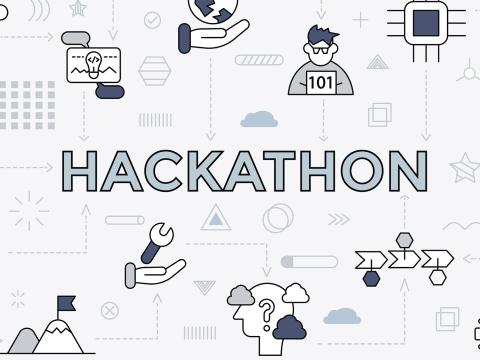On Point: Q&A With James Lawler
What are the top HUMINT-related challenges?
My top HUMINT priorities would be penetrating the leadership of China, Russia, Iran and North Korea and their military leaders, intelligence services and WMD programs. There are no hard targets, only hard access. People are people and recruitable.
How do emerging technologies affect HUMINT?
Biometrics and ubiquitous technical surveillance present challenges to undercover intelligence officers traveling either in true name or alias, as well as to our clandestine sources. These are not insurmountable, but the risk depends upon location, timing, skill, sophistication and focus of hostile intelligence services. In many cases, the best counterintelligence defense is swiftness and boldness.
Another emerging challenge and opportunity for HUMINT will be rapid development of artificial intelligence for much deeper and broader targeting opportunities and both detection and fabrication of deep fakes. A significant technological game-changer or even game-stopper will be the development of cryptographically relevant quantum computing that can rapidly decrypt here-to-now indecipherable encryption programs, which protect clandestine assets, intelligence officers, secret plans, programs and intentions.
You’ve talked about the importance chokepoints. What does that mean, and why is it important?
If one is attacking a foreign weapons of mass destruction or military program, it is best to attack the chokepoints, which are those technologies essential to the program, which the adversary cannot easily replicate, substitute or acquire easily. This narrows your focus on the really important items against which to operate. You have neither the time, resources, personnel nor opportunities to go after everything. One can also extend this definition to key personnel in an adversary program.
By way of example, without endorsing Israel’s assassination campaign against Iranian nuclear personnel or Iranian Revolutionary Guards Corps leadership, Mossad focused on key personnel such as Mohsen Fakrizadeh and Qasem Soleimani. Both were severe losses to Iran. One could conduct a nonlethal brain drain campaign with similar results by inducing defections of key personnel. This would remove key players and could result in intelligence bonanzas. An alternate method would be a denigration campaign designed to sow doubts or resentment around talented adversary personnel.
What more can the United States do to mitigate the insider threat?
I agree with the recommendations of my brilliant former Defense Intelligence Agency case officer colleague and insider threat expert, Shawnee Delaney, CEO of Vaillance Group: “1) Increase training and [counterintelligence] awareness. 2) Get leadership buy-in, not just lip service. 3) Prioritize critical assets. 4) Foster a positive work culture. 5) Learn from past investigations, incidents, employee surveys and exit interviews to assess current insider threat measures. 6) Get employee buy-in. 7) Establish an insider threat working group of IT, human resources, legal and security to share insights and coordinate efforts on insider threat management. 8) Leverage advanced monitoring tools. 9) Integrate insider threat awareness and prevention from onboarding (thorough background investigations) to offboarding (exit interviews) 10) Set up a centralized platform where all insider threats can be analyzed and managed.”
Considering new technologies, social media and ubiquitous surveillance, how has MDO Group changed what it teaches?
We invite skilled practitioners of these technologies to convey what the wicked challenges and the wicked opportunities are. The core teaching, however, remains the focus on the age-old human factor regardless of technology.
James Lawler is a senior partner at MDO Group, an Operational Surveyors subsidiary, that provides human intelligence (HUMINT) training to the intelligence community. He served for 25 years as a CIA operations officer and received the CIA Trailblazer Award, the Director’s Award, the Donovan Award and the HUMINT Collector of the Year award for his legendary work countering the proliferation of weapons of mass destruction (WMD). He also is the author of two espionage novels, “Living Lies” and “In the Twinkling of an Eye,” and a member of the AFCEA Intelligence Committee.





Comments